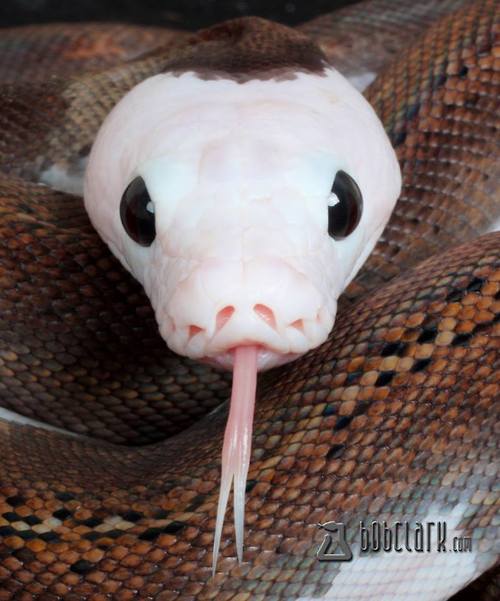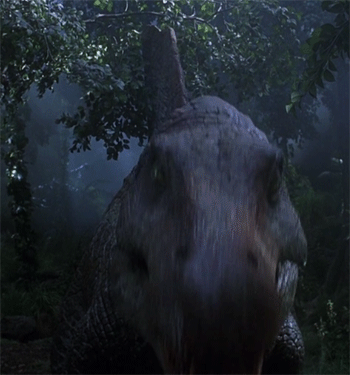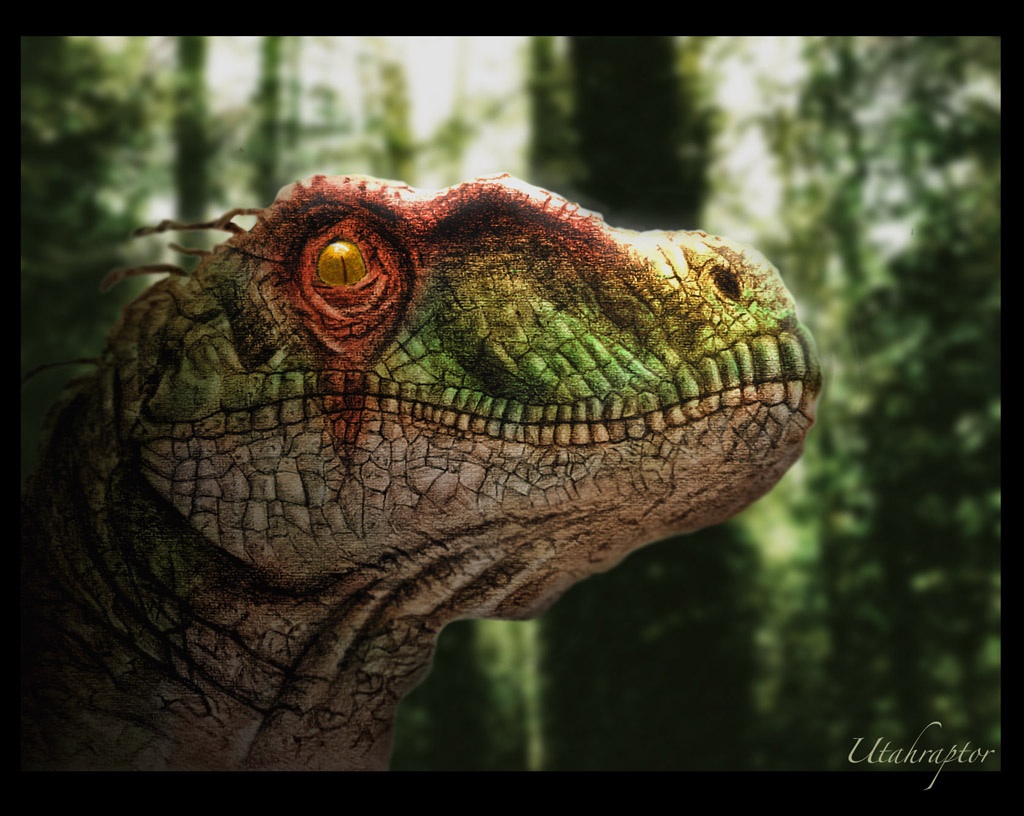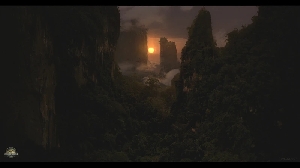Cretaceous Carnage #11
Dinosaurs Forum Topic

Carnosaur
MemberCompsognathusOct 2, 20143205 Views14 RepliesTorvosaurus Gurneyi

Torvosaurus was a very large predator, with an estimated maximum body length of 10 metres (33 ft) and mass of 4–5 tonnes (3.9–4.9 long tons; 4.4–5.5 short tons) for both T. tanneri and T. gurneyi, making Torvosaurus among the largest carnivores of the Jurassic. Claims have been made indicating even larger sizes. The synonymous Edmarka rex was named thus because it was assumed to rival Tyrannosaurus rex in length. Likewise "Brontoraptor" was supposed to be a torvosaur of gigantic size. The T. gurneyi specimens from Portugal initially prompted larger size estimates to be made. In 2006 a lower end of a thighbone, specimen ML 632, was referred toTorvosaurus sp. and later to T. gurneyi. This specimen was initially stated to indicate a length of 11 m (36 ft). Applying the extrapolation method of J.F. Anderson, correlating mammal weights to their femur circumference, resulted in a weight of 1930 kilogrammes. However, revised estimates performed in 2014 suggested a slightly smaller total body size for this specimen, of about 10 m (33 ft). Among the differentiating features between T. gurneyi and T. tanneri are the number of teeth and size and shape of mouth. While the upper jaw of T. tanneri has more than 11 teeth, that of T. gurneyi has less.
Zhuchengtyrannus Magnus

Zhuchengtyrannus is known solely from the holotype ZCDM V0031, a nearly complete right maxilla and associated left dentary (lower jaw, both with teeth) housed at Zhucheng Dinosaur Museum. Casts of the holotype, IVPP FV 1794, are held at the Institute of Vertebrate Paleontology and Paleoanthropology. ZCDM V0031 was collected in situ from the Wangshi Group at Zangjiazhuang quarry, Zhucheng City, dating to the Campanian stage, at least 73.5 million years ago. Zhuchengtyrannus was first described and named by David W. E. Hone, Kebai Wang, Corwin Sullivan, Xijin Zhao, Shuqing Chen, Dunjin Li, Shuan Ji, Qiang Ji and Xing Xu in 2011 and the type species is Zhuchengtyrannus magnus; That holotype consisted of a partial dentary bone, and estimates put Z. magnus at 10-11 meters, 3.5-5 tons in weight.
Nature doesn't deceive us; it is we who deceive ourselves.
Replies to Cretaceous Carnage #11
Hey Guest, want to add your say?
Are you an avid Jurassic World fan looking for a dedicated online community of likeminded fans? Look no further! Create your own profile today and take part in our forums and gain XP points for all the content you post!

















